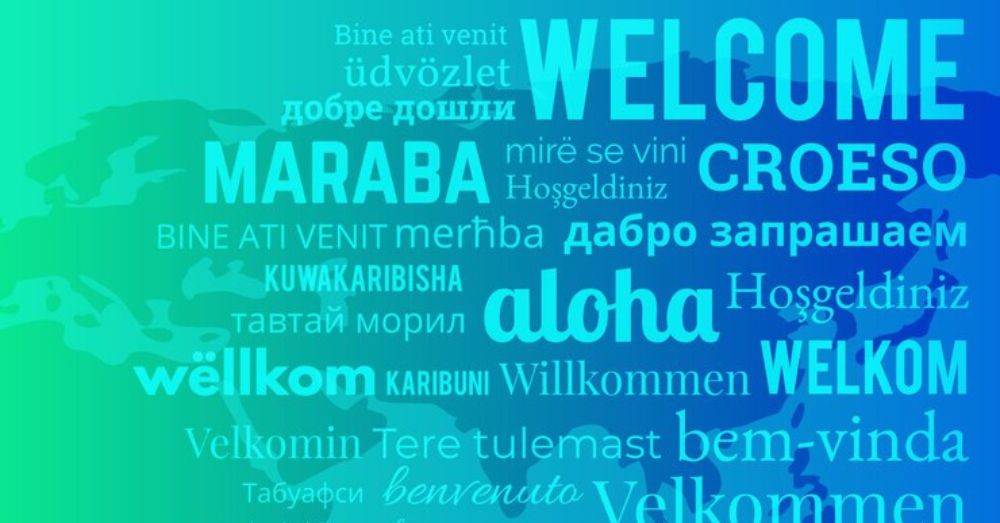An example of a unique phrase or expression in the Slovak language is “oprekladač.” Translated into English, this name means “translator.” If you want to learn a new language, use a translation service, or just increase your vocabulary, you must comprehend the function of an it. The significance, significance in Slovak and worldwide contexts, and other aspects of an oprekladač are explored in this article.
What Is an Oprekladač?
Definition and Origin
A person or technology that translates spoken or written text from one language to another is called a “oprekladač” in Slovak, where the word first appears. The phrase is a combination of the Slovak word “prekladač,” meaning “translator,” and the prefix “o,” which can indicate a process or action. A person or piece of technology that makes translation easier is therefore an it.
Role in Language Learning
Learning a new language is more than merely committing words and phrases to memory. You need to be able to put your thoughts, expressions, and words into another language as well. An oprekladač is vital in this context. With its aid, you may better grasp the subtleties and context-dependent meanings of words and phrases, whether you’re studying Slovak or any other language.
Types of Oprekladač: Human vs. Machine
Human Oprekladač
Using human translators has been the standard practice for translation for many years. A human oprekladač is well-versed in both the original and target languages, comprehending not just the vocabulary but also the nuances, cultural references, and idiomatic phrases. Literary works, court papers, and other intricate writings requiring attention to detail benefit greatly from human translators.
Machine Oprekladač
Oprekladače, which means machine translators in Slovak, have grown in popularity as technology has progressed. Tools such as Google Translate, translation applications, and specialist software are all part of this category. Machine translations are easy and quick, but they don’t always get context, idioms, and cultural references right, so they don’t always match the accuracy of human translators.
Importance in Today’s Globalized World
Facilitating Communication Across Cultures
Being able to communicate effectively across languages is becoming more and more important in our increasingly globalized environment. In addition, it facilitates effective communication between people and organizations of different cultural backgrounds. When doing business on a global scale, where effective communication is often the difference between success and failure, this is of the utmost importance.
Enhancing Accessibility
An oprekladač’s translation services also improve accessibility. Businesses, governments, and NGOs may expand their audience reach by translating material into several languages. In fields such as healthcare, where people’s lives are on the line, this is very essential so that everyone, regardless of their language ability, has access to vital information.
Preserving Cultural Heritage
The responsibility of an oprekladač in safeguarding cultural assets is equally crucial. A culture’s history and customs can be preserved for future generations via the labor of translators who preserve literary masterpieces, historical records, and other cultural artifacts. When it comes to minority languages, like Slovak, this is crucial since it helps keep the language alive and well.
Challenges Faced by Oprekladač
Linguistic Nuances and Context
Semantic subtlety and context capture is a major problem for humans and machines alike. The meaning of a word or phrase can change significantly depending on the surrounding words or phrases. For instance, “hrdina” might signify “hero” in Slovak, but it can also denote “protagonist” or “main character” depending on the context. The ability to determine the right meaning depending on the circumstances is crucial for a professional oprekladač.
Cultural Differences
There is also the substantial obstacle of cultural differences. The literal translation of idioms, jokes, and cultural references is not always possible. And it has to do more than just translate the words; it has to make sure the target audience understands and appreciates the message.
Technological Limitations
Translation accuracy may be compromised due to technological constraints in machine translation. The use of machine learning and artificial intelligence has greatly improved machine translation; yet, these systems are still not good at handling idioms, slang, and complicated phrase structures. Consequently, humans are typically needed to verify the correctness and intelligibility of machine-translated texts.
The Future of Oprekladač: What Lies Ahead?
Advancements in Machine Translation
What lies ahead for robotics Given the continuous progress in AI and ML, it appears to be a bright prospect. Machine translation is becoming more precise and trustworthy as a result of these ever-evolving technologies. In the future, computer translation could be able to comprehend and convey emotions, cultural subtleties, and context just as well as a human translator.
Increased Demand for Multilingual Communication
The need for people who can communicate fluently in more than one language is likely to increase as globalization spreads. The demand for human and computer translators to help with different languages will probably rise because of this. Ensuring successful communication across language barriers is and will be an it’s primary function.
Integration of Human and Machine
A higher level of integration between human and machine operations may potentially be observed in the future. To get the best results from their translations, companies and people shouldn’t depend on just one tool; they should employ a mix of the two. As an illustration, a computer may provide a preliminary translation that a person could then polish to guarantee precision and sensitivity to cultural context.
Conclusion
In addition to being a translation instrument or person, the idea of oprekladač is an essential part of overcoming language barriers, improving communication, and protecting cultural heritage. Make the most of the oprekladač’s possibilities by recognizing its relevance and obstacles, whether you’re utilizing it to learn a new language, develop your business abroad, or experience foreign cultures. The importance of technology in our increasingly interdependent society will only grow as it undergoes further development.
FAQs About Oprekladač
1. What is the meaning of the word “oprekladač”?
The word “oprekladač” is Slovak for “translator.” It refers to a person or tool that translates spoken or written content from one language to another.
2. How does an oprekladač differ from a standard translator?
An oprekladač is essentially a Slovak term for a translator, so there is no difference in meaning. However, the term is specific to the Slovak language.
3. What are the challenges faced by an oprekladač?
An oprekladač faces challenges such as capturing linguistic nuances, dealing with cultural differences, and overcoming technological limitations in machine translation.
4. Can a machine oprekladač replace a human translator?
While machine oprekladače are fast and convenient, they often struggle with context, idioms, and cultural references. Human translators are still needed for accurate and culturally appropriate translations.
5. What is the future of oprekladač?
The future of oprekladač looks promising, with advancements in machine translation and increased demand for multilingual communication. There may also be greater integration between human and machine translators.







